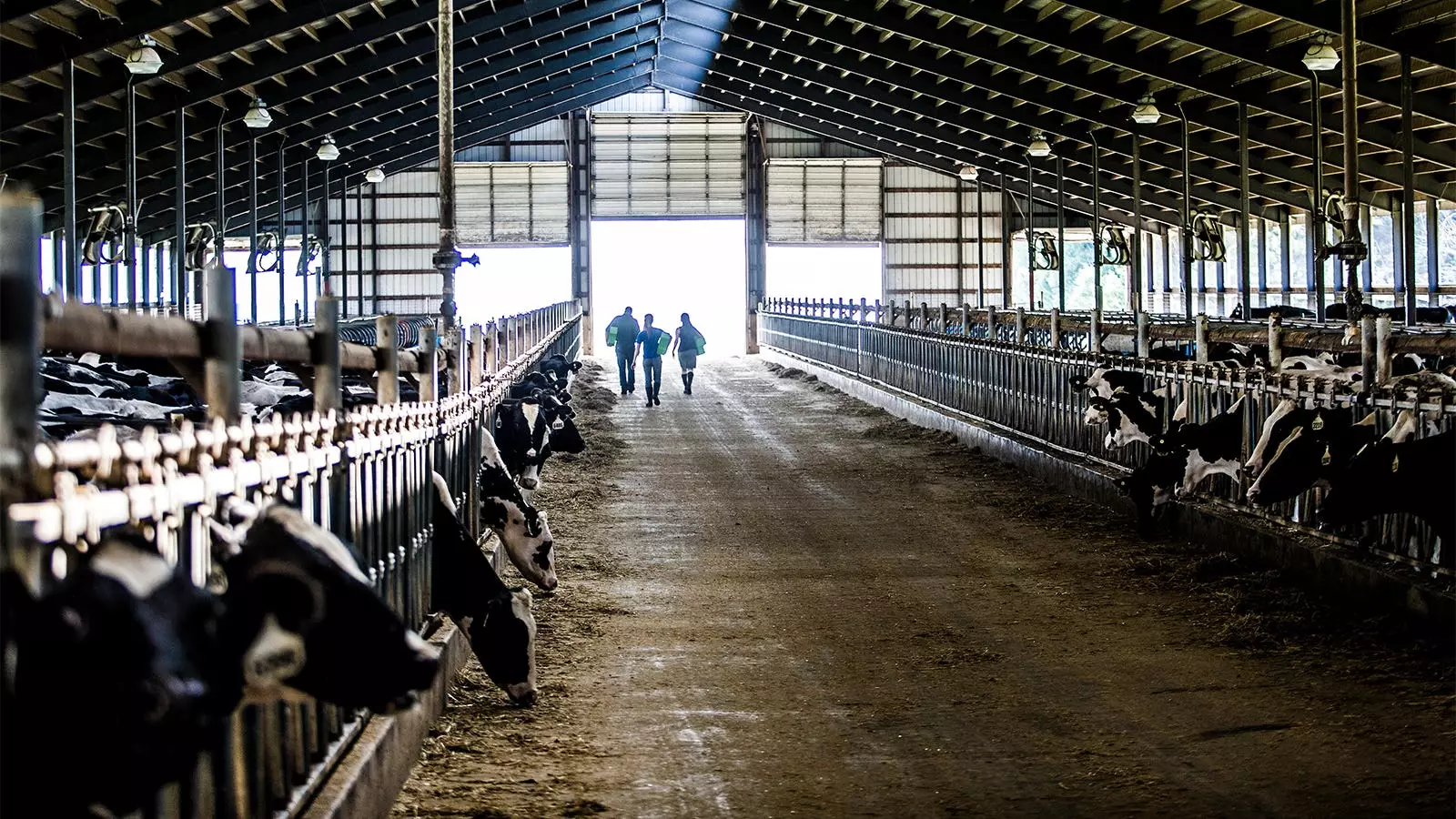The Centers for Disease Control and Prevention (CDC) is closely monitoring the possibility of H5N1, also known as avian influenza, posing an increased risk to human health. While the current risk remains low, the agency is preparing for the potential of the virus mutating in a way that allows for easy human-to-human transmission, potentially causing a pandemic. This heightened awareness follows reports of farm workers being monitored for illness after exposure to infected cows or raw cow’s milk contaminated with H5N1.
Recent cases of H5N1 infection in the United States have raised concerns about the virus’s ability to infect humans. In Texas, a dairy farm worker developed conjunctivitis associated with H5N1, marking the first human case linked to an ongoing outbreak in dairy cows. Similarly, a second case in Michigan involved a person who also developed conjunctivitis following exposure to the virus. A study published in the New England Journal of Medicine found that mice exposed to raw milk from infected cows showed rapid signs of illness, indicating the potential for transmission from animals to humans.
Individuals with job-related or recreational exposure to infected birds, poultry, dairy cattle, or other contaminated materials are at the highest risk for H5N1 infection. The CDC recommends taking precautions such as using personal protective equipment, self-monitoring for symptoms, and seeking medical care promptly if symptoms develop. While the commercial milk supply is considered safe due to pasteurization, the agency advises against consuming raw milk or products made from raw milk to prevent the spread of H5N1.
Global Surveillance and Preparedness
Comprehensive surveillance of novel influenza A viruses is crucial to prepare for any developments that may increase the risk to human health. The CDC emphasizes the importance of monitoring trends in influenza activity, detecting any unusual changes in the percentage of positive influenza tests, and remaining vigilant for signs of H5N1 or other unusual influenza activity. The agency is working with commercial laboratories to increase the submission of influenza-positive specimens for virus subtyping and collaborating with manufacturers to develop an H5N1 test that could be widely available in case of an outbreak.
While the current risk of H5N1 to the general public in the United States remains low, the potential for the virus to mutate and pose a significant threat to human health is a cause for concern. Heightened surveillance, research, and preparedness measures are essential to prevent the spread of H5N1 and mitigate the risk of a pandemic. By staying informed, taking necessary precautions, and remaining vigilant, we can work together to safeguard public health and prevent the transmission of this potentially deadly virus.


Leave a Reply